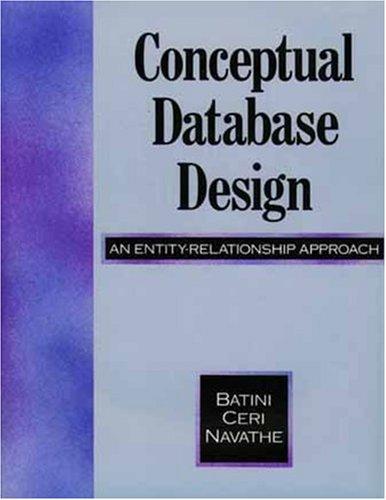Below is the assignment details. It is written in Python. I also included a screenshot of the dataset route needed for the assignment on Colab. Thank You.


For this assignment, you need to first build and overfit a polynomial regression. Then, you need to use different regularization methods to prevent the overfitting of that model. Below is a detailed instruction of what you may need to do. - Dataset Preparation - A dataset is given. If you use Google Colab, you need to upload the dataset to your Google Drive, and access the data in Google Colab. - Polynomial Regression Design and Overfitting - You need to design a polynomial regression model, then, overfit the polynomial model on the given dataset. - You could use the scikit-learn build-in functions to fit the polynomial model. - (Optional) You could develop the polynomial regression model from scratch. - Bonus points will be given if you build your model from scratch. - Prevent Overfitting - After you overfitted the polynomial regression model, you may apply L1 norm, L 2 norm, and the combination of L 1 and L2 norms to prevent overfitting. - You could use scikit-learn build-in functions such as - skdearn.linear_model._Lasso to build a polynomial regression model with L 1 norm - skdearn.linear_model.Ridge to build a polynomial regression model with L 2 norm - sktearn.linear_model.ElasticNet to build a polynomial regression model with the combination of L 1 norm L 2 norm - You could also implement this step from scratch. - Bonus points will be given if you build your model from scratch. - Load Google Drive [15] \# Mount Google Drive from google.colab import drive drive.mount(' /content/drive') Drive already mounted at /content/drive; to attempt to forcibly remount, call drive.mount("/content/drive", force_remount=True). Is /content/drive/MyDrive/Demo/dataset/kaggle_linear_regression_data readme.md test.csv train.csv [25] I cat /content/drive/MyDrive/Demo/dataset/kaggle_linear_regression_data/readme.md The dataset has been taken from [Kaggle] (https://Ww.kaggle.com/andonians/random-linear-regression). - Load CSV File [26] import pandas as pd [32] \#Load CSV df_train = pd.read_csv('/content/drive/MyDrive/Demo/dataset/kaggle_linear_regression_data/train.csv') df_test = pd.read_csv('/content/drive/MyDrive/Demo/dataset/kaggle_linear_regression_data/test.csv' ) \#Drop Duplication Rows df train =dftrain.dropna() df test =df test.dropna() df_train








